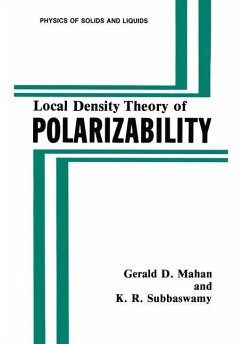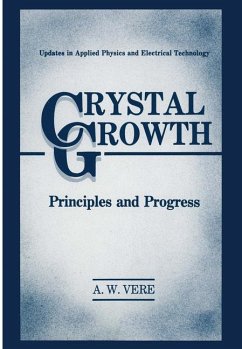During the past decade the theoretical physics community has learned how to evaluate accurately polarizabilities and susceptibilities for many-electron systems such as atoms, solids, and liquids. The most accurate numerical technique employs a method often called the Time-Dependent Local Density Approximation, which is abbreviated TDLDA. The present volume is a review of recent research on the theory of po larizabilities and susceptibilities. Both authors have been doing these cal culations. However, this review surveys the entire field, summarizing the research of many contributors. The application of an external field, either ac or de, will induce a dipole moment which can be calculated and compared with experiment. For mod erately strong fields, both linear and nonlinear processes contribute to the moment. We cover topics such as polarizability, hyperpolarizability, pho toionization, phonons, and piezoelectricity. Density functional theory in the Local Density Approximation (LDA) has been shown to be a very accurate method for calculating ground state prop erties of electronic system. For static external fields, the induced moments are properties of the ground state. Then the calculation of the polarizability · is very accurate. For ac fields, the moment is not part of the ground state. However, the TDLDA methods are still very accurate.








